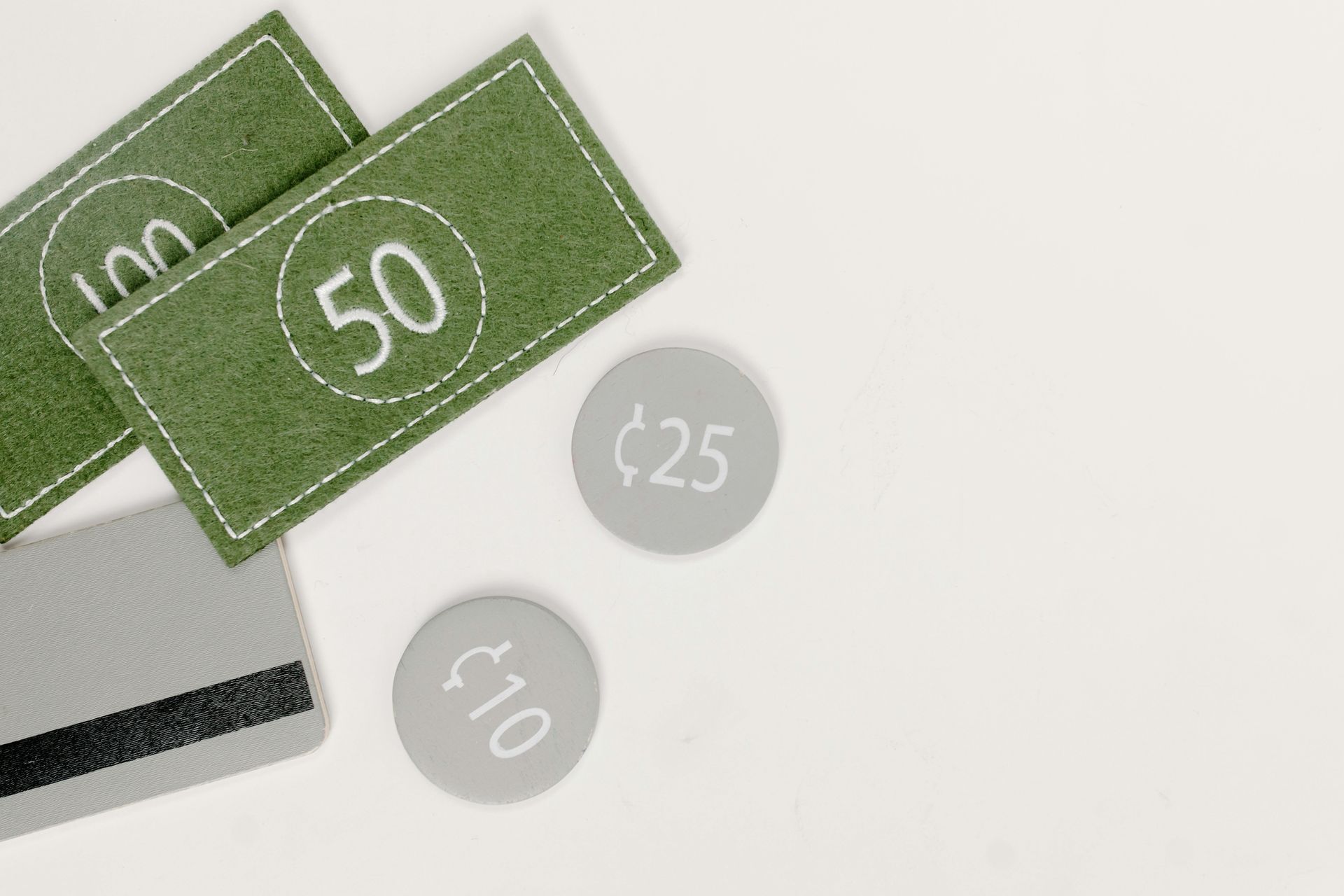
Learn More About This Short-Term Financing Tool for Investors Transitioning From The Construction Phase to Long-Term Financing or a Future Sale

For real estate investors, finishing construction isn’t the end of the journey - it’s often just the beginning of a new financing phase. After the hammers are put down and the paint dries, there’s often a period of limbo where a property isn’t quite ready to be sold or refinanced. That’s where a construction takeout bridge loan comes in. This powerful yet underutilized financing tool helps investors bridge the critical gap between the end of construction and securing long-term financing or closing a sale.
In this article, we’ll break down exactly what a construction takeout bridge loan is, when and why you should consider using one, and how professionals like us can help you leverage this strategy for financial stability and continued growth.
What Is a Construction Takeout Bridge Loan?
A construction takeout bridge loan is a short-term loan designed to replace or “take out” the original construction loan once a building project is substantially complete. Unlike permanent financing (which typically requires stabilized income, tenant occupancy, or other long-term performance indicators), a takeout bridge loan gives investors temporary breathing room. At the same time, they prepare the property for a refinance, lease-up, or sale.
This loan serves as a financial bridge between the completion of construction and the point at which the asset qualifies for traditional long-term financing, whether through a bank, credit union, or commercial lender. The terms are typically short (6 to 24 months), interest rates are slightly higher than those of conventional loans, and underwriting is focused primarily on the asset and exit strategy.
When Should You Use a Construction Takeout Bridge Loan?
- Your Construction Project Is Complete, But Leasing or Stabilization Is Ongoing
If your multifamily or commercial property is finished but not yet leased or producing consistent income, long-term lenders may not approve your refinance. A takeout bridge loan can cover this critical interim period while you lease up and stabilize the asset. - You’re Waiting For a Sale
Sometimes, properties aren’t ready for sale immediately after construction ends. Whether you’re timing the market, waiting for zoning approvals, or prepping marketing materials, a takeout bridge loan gives you time without pressure. - Your Permanent Loan Has Been Delayed
Traditional loans are often slow-moving. If a bank's underwriting process is holding up your financing, a bridge loan can step in to keep cash flowing and commitments met while you finalize permanent funding. - You’re Repositioning or Upgrading Property for Better Terms
Investors often need to increase NOI (net operating income) before a property qualifies for better long-term terms. A takeout bridge loan gives you the time to raise rents, add amenities, or improve property value.
How Construction Takeout Bridge Loans Work
- Loan Term: 6 to 24 months
- Interest Rates: Typically 8% to 12%, depending on lender, risk, and asset class
- Loan-to-Value (LTV): Often 65% - 75% of current value
- Collateral: The completed or near-completed property
- Exit Strategy: Required - usually a refinance or sale
Unlike construction loans, which release funds in stages, bridge loans are typically funded in a single lump sum. Approval is usually faster than traditional loans, and underwriting is asset-based, making these loans highly attractive to investors with a clear plan and equity in the property.
Key Benefits for Real Estate Investors
- Speed: Bridge lenders like us at NewEnglandHardMoneyLoans.com can often close within 7-14 days.
- Flexibility: Great for projects that don’t yet meet traditional lending benchmarks.
- Cash Flow Stability: Allows time to build rental income, stabilize operations, or wait for a higher sale price.
- Continued Leverage: Frees up capital so investors can move to their next project while still managing the current one.
Risks and Considerations
- Higher Cost: Interest rates are higher than traditional financing, so holding the loan too long can impact ROI.
- Short Terms: These loans are not intended to be permanent; having a strong exit strategy is crucial.
- Market Fluctuations: If the market softens, your refinance or sale plan may need to adjust quickly.
That’s why working with an experienced broker who understands both local market dynamics and investment timing can be crucial.
Why Work with a Hard Money Specialist?
Construction takeout bridge loans are not one-size-fits-all. A specialized lender or broker can tailor the loan structure to your timeline, property type, and exit strategy. Bryan Joyce’s expertise in hard money and bridge lending across New England means you get more than a loan; you get a strategic partner who understands investor timelines and objectives.
Whether you’re working on a luxury condo project in Boston, a student housing build near a university, or a small multifamily home, having access to quick, customized takeout financing can make or break your momentum.
Conclusion
A construction takeout bridge loan is an essential tool in a real estate investor’s toolkit, especially in competitive markets like New England. It enables you to transition smoothly from the construction phase to a stable position, thereby avoiding the risk of committing to long-term financing prematurely. When used strategically, it protects your cash flow, preserves your project’s equity, and keeps your investment goals on track.
Partner with a trusted advisor like Bryan Joyce to explore whether a construction takeout bridge loan is right for your next project. Contact us to take the next step in financing smarter.
Bryan Joyce holds a B.A. in Economics from the University of Maine at Farmington. He has advised clients nationwide, but his expertise and reputation are especially strong across Boston and New England, where he has built enduring relationships within the real estate investment community. Read more about Bryan



